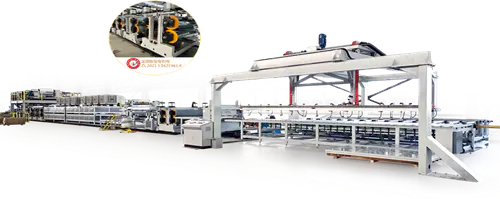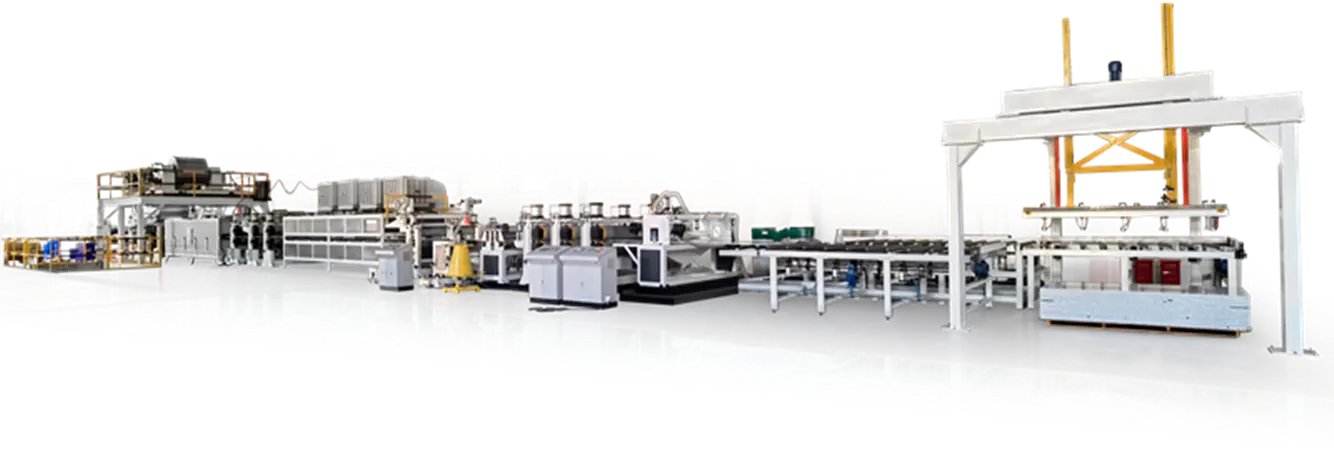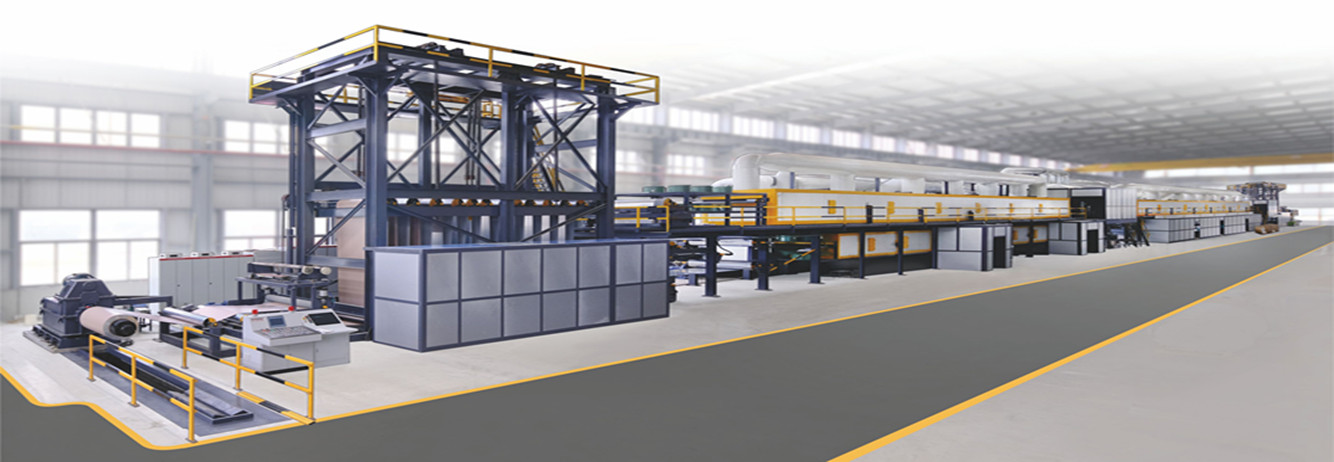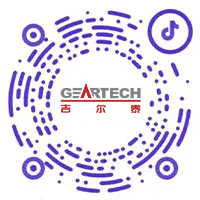Modern architecture increasingly relies on materials that combine functionality with aesthetic appeal. Among these, Color Coated Aluminum Coil has become a versatile choice for designers and builders. Its adaptability and range of finishes make it suitable for a variety of facade applications, bringing both visual interest and durability to building exteriors. Alongside this, the aluminum veneer panel serves as an effective complement, offering refined surface textures and structural support.

The flexibility of Color Coated Aluminum Coil allows architects to explore new creative directions. Different shades and coatings provide opportunities for distinctive facades, whether in urban commercial centers or contemporary residential projects. Unlike traditional cladding materials, the coil is lightweight yet resilient, reducing structural load while maintaining a striking visual presence. Paired with the aluminum veneer panel, it enables layered designs that can incorporate curves, angles, and perforations without compromising performance.
One of the key benefits of Color Coated Aluminum Coil is its resistance to environmental factors. Modern facades must endure temperature variations, moisture, and UV exposure, all of which can affect material longevity. The coil’s protective coating safeguards against corrosion and fading, ensuring that the building retains its appearance over time. In this context, aluminum veneer panel installations often provide additional insulation and a stable substrate, helping to improve overall facade performance. This combination supports both aesthetic and practical considerations in contemporary architecture.
Designers appreciate that Color Coated Aluminum Coil can be adapted for diverse construction styles. From sleek, smallistic exteriors to bold, patterned designs, the coil responds well to cutting, bending, and forming processes. Its smooth surface allows for precise color application, resulting in a consistent and appealing finish. Using aluminum veneer panel alongside the coil offers structural reinforcement, enabling panels to cover large areas with fewer joints while preserving visual continuity. Such integration encourages innovation without extensive changes to conventional construction techniques.
Sustainability has become an essential aspect of building materials selection. Color Coated Aluminum Coil contributes to environmentally conscious design by being recyclable and lightweight, reducing transportation energy and material waste. Likewise, aluminum veneer panel can be fabricated from recycled aluminum, allowing projects to maintain eco-friendly standards. The durability of both materials further extends the lifespan of facades, less the need for frequent replacements and repairs. In this way, designers can achieve long-term value while reducing environmental impact.
Another advantage of Color Coated Aluminum Coil lies in its ease of installation. The material’s consistency simplifies cutting and fitting, while its compatibility with standard fastening systems helps maintain project timelines. When paired with aluminum veneer panel, contractors can assemble complex facades with fewer interruptions, ensuring both efficiency and accuracy. This practical benefit complements the creative possibilities, allowing architects to explore unique designs without additional logistical challenges.
Color Coated Aluminum Coil has become an integral component in modern facade construction. Its combination of flexibility, durability, and visual appeal makes it suitable for a wide range of projects. The use of aluminum veneer panel alongside the coil enhances structural support, thermal performance, and design versatility. As architectural trends continue to evolve, these materials provide the tools necessary to realize innovative exterior designs while meeting functional requirements. Through thoughtful application, builders and designers can create facades that are not only attractive but also resilient, sustainable, and adaptable to future needs.

 中文简体
中文简体 English
English Português
Português русский
русский Español
Español عربى
عربى









